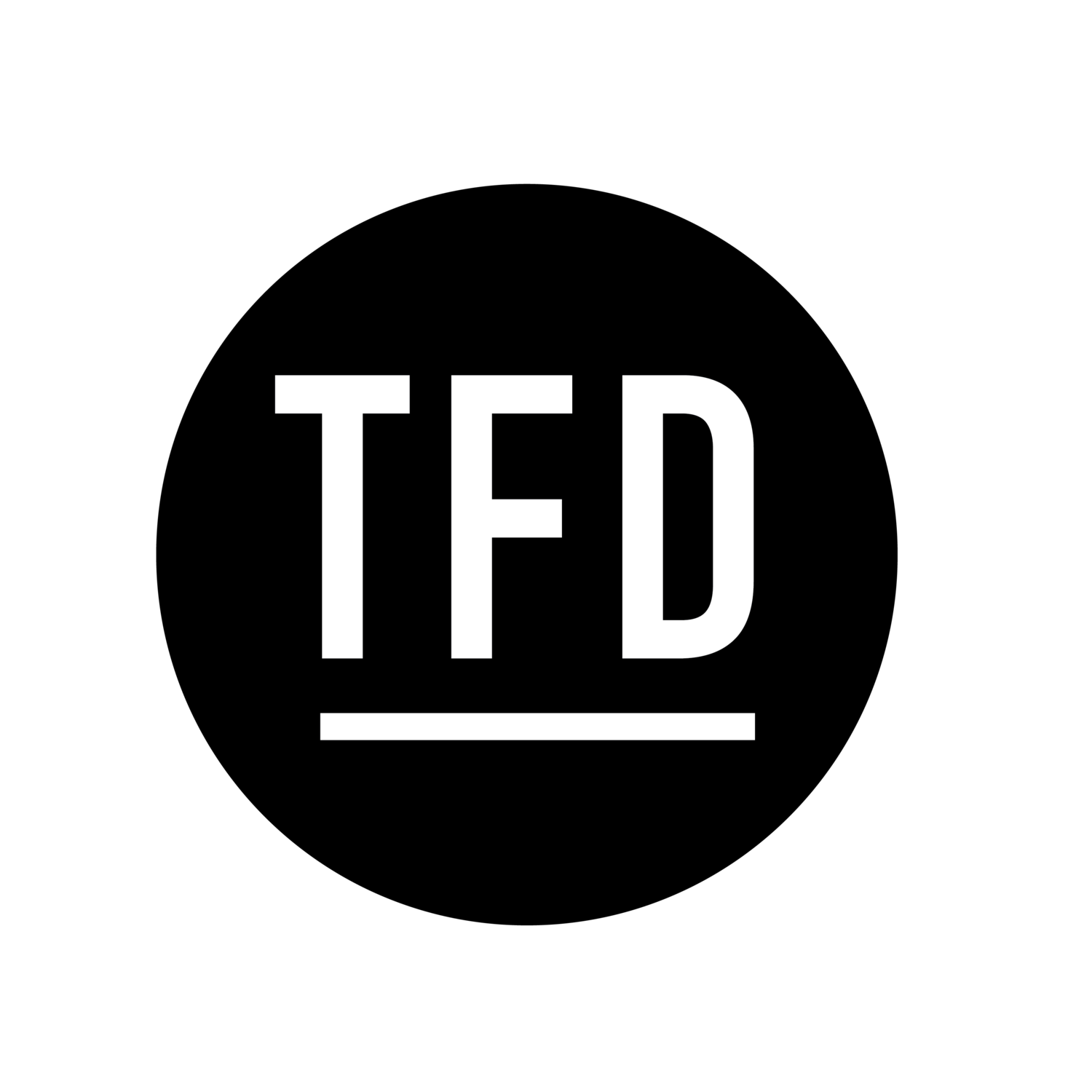Sponsored content is a valuable revenue stream for content producers, and it is another way to monetize the audience you’ve curated online. However, that product offering requires considerations for how sponsored content is branded and labeled, so it is apparent to the user that it is not editorial content and was provided by a paying advertiser for the privilege of reaching your audience. The general rule of thumb has been that it should be crystal clear that paid content on the website is understood as such. You don’t want to try and dupe your audience here and risk losing trust.
However, the content on your website has another audience with whom you don’t want to lose trust–the search engine crawlers visiting your site every day.
Google’s Rules for Labeling Sponsored Content on Your Website
Way back in 2005, Google shared guidelines for handling what might be considered low-quality links on your website, mainly aimed at addressing comment spam and links from other user-generated content. And the “nofollow” tag was born.
What is a “nofollow” tag?
When you use rel=”nofollow” you are telling Google how it should consider the specific link on the page. Much like you use canonical or noindex tags to tell Google how to evaluate a particular page on your website, “nofollow” tells Google something about a specific link.
A rel=”nofollow” says, “No disrespect, but I’m not vouching for you” to the page you are linking. Why would you bother with this? Because for Google, authority and trustworthiness are everything. If you have quality content and good SEO practices, your website has a decent amount of authority in Google’s eyes, so when you link to another website, you are vouching for them.
So historically, if you wanted to link to another website, but you do not want to share search authority with that website, the “nofollow” tag was the solution. Google’s guidelines also suggested that paid or sponsored links be marked similarly, with a rel=”nofollow” tag applied.
In 2019 Google released additional details for handling sponsored and user-generated content links, including the option to use rel=”sponsored” on sponsored links on your website. However, these details were noted as optional, with Google stating it was still perfectly acceptable to use rel=”nofollow” instead of rel=”sponsored” for sponsored links on the website.
That meant that Google was evolving its approach to sponsored links, and “nofollow” was the minimum needed now for the treatment of sponsored links.
How Recent Algorithm Updates are Impacting Sponsored Content
Now, I didn’t just decide out of the blue to dive deep into “nofollow” attributes and spin up a blog post about it. Over the last 3-4 months, more than a few publishers asked about sponsored content or saw drops in search traffic to high-traffic sponsored articles and generally saw negative search traffic impacts after the Google May Core Update and July “Helpful” algorithm update.
Interestingly, each of these publishers had an interesting common thread–recent success with sponsored content agencies (producing content like “CBD for Dogs”, “CBD for Pain”, “Meal Replacement Shakes” and “Appetite Suppressants” and other semi-trustworthy seeming articles aimed to address health issues and ailments). In most cases, these content pieces drove huge amounts of search traffic as they had been SEO optimized to the nines and served precise keywords. They also popped on established content-heavy websites with search authority. Essentially, advertisers are buying perfectly optimized articles on the topic of their choice and placing it on websites with established reputations, driving rapid search traffic and sending that authority to the websites of their choice.
Updating Sponsored Content For SEO
A well-optimized piece of sponsored content is not a bad thing if handled correctly (including the use of rel=”nofollow” or rel=”sponsored” tags on any paid or sponsored links) and assuming it is not representing a disproportionate amount of your search traffic. I suspect that Google reinforced previously released guidelines around sponsored content in the May or July update. In addition, with each update, Google consistently supports E-A-T as its guiding principle (that’s Expertise, Authority, and Trustworthiness). Therefore, it makes perfect sense that not handling sponsored links in line with long-standing advice from Google would impact website authority and, thus, search traffic.
If you are hosting high-traffic sponsored content on your website and are not including rel=”nofollow” or rel=”sponsored” tags, start including those now. Prioritize links on sponsored content posts that drive more than 1% of your search traffic. This change should not impact the search visibility of the content itself but should ensure that you aren’t vouching for these websites either.
If you or someone you know is struggling with the impact of a recent Google algorithm update, let them know they can reach out to TFD for support.
Sources and Resources:
https://developers.google.com/search/blog/2019/09/evolving-nofollow-new-ways-to-identify
https://twitter.com/dannysullivan/status/1171488611918696449
https://en.wikipedia.org/wiki/Nofollow
https://blog.hubspot.com/marketing/seos-are-upset-about-relnofollow-announcement


